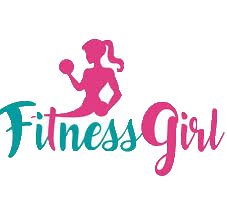How Many Calories Does Running Burn?
- 蔡佩雯 北科大-
- Dec 23, 2019
- 2 min read
Updated: Dec 26, 2019
You may have heard you burn roughly ~100 calories for every mile you run...but is that true?!

Compared to other endurance activities like cycling and swimming, you get way more bang for your buck on a run when it comes to how many calories you burn. That's because running jacks up your heart rate higher than the other sports even when you're performing at the same effort level—and the harder your heart is working, the more energy (i.e. calories) your body uses.
How Many Calories Does Running Burn?
You've probably heard that the average person burns about a hundred calories per mile—but, in reality, that number seriously varies person to person.
Running can be anywhere from 7 METs to 12.3 METs, depending on how fast you're running. If you're on a treadmill, it may show how many METs you're current pace is at; if you're running outside, you can refer to the Compendium of Physical Activities. Then, you just need your weight, the duration of your workout, and an online calculator to figure out how many calories you burn while running.
For example, here's how calories burned translates for a 140-pound person running for an hour:
Jogging: 7 METs (446 calories per hour)
10-minute mile pace: 9.8 METs (624 calories per hour)
9-minute mile pace: 10.5 METs (668 calories per hour)
8-minute mile pace: 11.8 METs (751 calories per hour)
7-minute mile pace: 12.3 METs (783 calories per hour)
What Factors Into How Many Calories You Burn Running?
Your bodyweight. For starters, force = your body weight. "The more weight you're carrying, the more work you have to do to move it," says Milton. That's why a heavier person is going to burn more calories than someone who weighs less, even if they're running the same pace for the same amount of time. For example, a 140-pound person likely burns 13.2 calories per minute while running, a 160-pound person burns 15.1, and a 180-pound person burns 17, according to estimates from the American Council on Exercise. If you're specifically looking to increase your calorie burn, you could run in a weighted vest.
Your speed and intensity. Upping your speed and intensity also requires more oxygen, which increases your calorie burn. Compare the 10-minute mile pace, which burns 624 calories per hour, to the 8-minute mile pace, which burns 751 calories per hour. It's not always easy to drop minutes per mile, but including intervals can help you reap the calorie rewards of a faster pace. (Try incorporating these calorie-burning intervals into your running workouts.) You don't need to run fast to burn a ton of calories, though. You can always run longer instead; jogging for 60 minutes will burn approximately the same number of calories as running 30 minutes at a 6-minute mile pace.
Add an incline. Another way to jack up your calorie burn without changing your pace: run hills or do incline work on a treadmill, says Milton. "Your heart is going to have to work harder to handle those inclines at the same pace as it would on flat ground, and that translates to more calories burned."











Commentaires